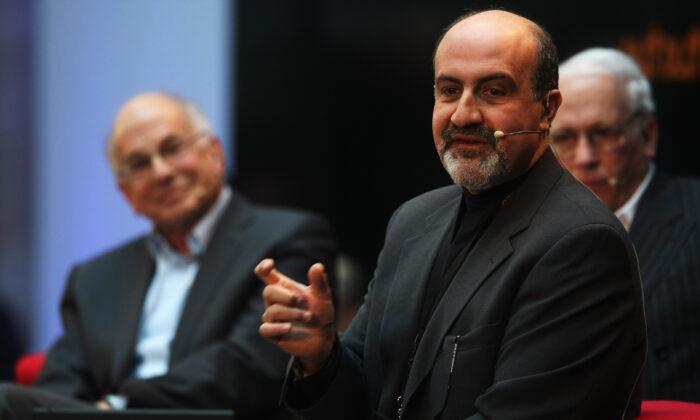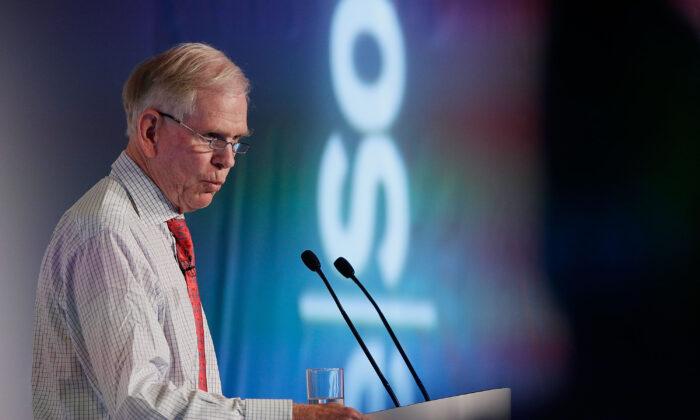The Federal Aviation Administration (FAA) announced on Monday a proposal that would require new passenger airplanes have a second barrier to the flight deck, making hijackings and other intrusions of unwanted persons into the cockpit area more difficult on behalf of the safety of passengers.
The FAA stated its proposed rule would apply to all passenger planes manufactured more than two years after the rule takes effect.
The
FAA Reauthorization Act of 2018 required the FAA to issue an order requiring the installation of a secondary cockpit barrier on all commercial jets under its jurisdiction by 2019, but the implementation of the rule has been delayed by procedural rules. Now the agency appears to be set to make good on its commitment to honor the 2018 law, although the announcement of the proposal is only the first step in the extensive regulatory process. This has occasioned criticism from members of Congress, who argued in 2019 that the FAA was dragging its feet on implementing the new rule ordered by federal lawmakers.9/11 Terrorist Attacks
FAA standards for flight deck security became an issue in the aftermath of the Sept. 11, 2001 flight hijackings and subsequent terrorist attacks, which raised awareness of airplane security at a level previously unseen. In 2007, the FAA issued additional orders to ensure the safety of the flight deck, requiring the door to the cockpit to remain locked while the plane is in operation unless it is necessary for an authorized person to navigate between the cockpit and the rest of the plane.
Since 2001, two major airlines have voluntarily introduced a wire mesh barrier between the flight deck and the passenger area, which is offered by Boeing and Airbus as an option on aircraft manufactured by the two industry titans. These barriers cost about $5,000 per plane, a relatively small sum compared to the large costs of passenger aircraft.
“These devices have proven effective in creating a physical barricade to prevent hostile individuals from reaching the flight deck any time the cockpit door is open during flight. Secondary barriers ensure the flight deck remains secure at all times,” the International Air Line Pilots Association said in a
statement.
Some critics, such as International Air Line Pilots Association President Joe DePete, have also alleged that the provisions of the FAA Reauthorization Act of 2018 do not go far enough, arguing that previously built planes should be required to be retrofitted with new barriers up to the proposed standards.
In any case, with the new proposal the FAA appears to have taken the first tentative step toward imposing the standards required by the Congressional law.





